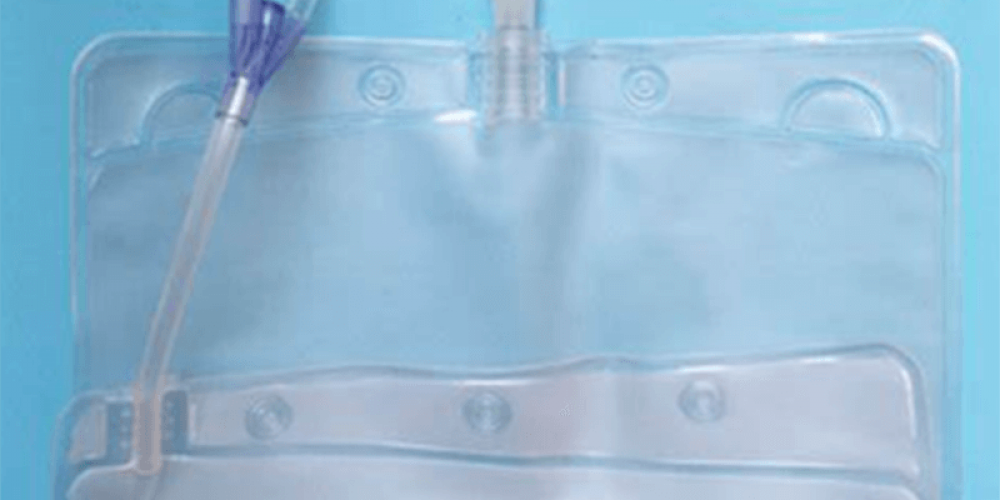High-Frequency Welding Technology Driving Innovation in Medical Consumables Industry Through Efficiency Enhancement, Quality Optimization, and Industrial Upgrading
I. Fundamental Principles of High-Frequency Welding Technology: Precision-Enabled Drainage Bag Manufacturing
High-frequency welding leverages the skin effect and proximity effect of high-frequency currents (typically 300-450 kHz) to achieve rapid surface heating of metallic materials to molten states, followed by pressure application for seamless joining. In drainage bag production, this technology achieves breakthroughs through three key mechanisms:
-
Localized Heating & Precision Control: High-frequency currents concentrate on interface connections or sealing areas, preventing material deformation from bulk heating while ensuring seamless integration between welded zones and other bag components.
-
High Efficiency & Energy Conservation: Compared with traditional resistance wire heating, HF welding demonstrates 50%+ energy reduction with enhanced system responsiveness, enabling 24/7 continuous production to meet large-scale medical consumable demands.
-
Broad Material Compatibility: Adaptable to medical-grade plastics including PVC and PE, supporting diverse drainage bag designs across thickness variations and geometric configurations.
II. Technological Innovation as Core Driver for Medical Consumables Industry Advancement
- Production Efficiency & Cost Optimization
- Automated production line integration: HF welding systems combine with full-automatic medical bag manufacturing equipment to achieve end-to-end automation from forming to sealing processes.
- Enhanced quality control: Implementation of constant current/power control with infrared temperature monitoring ensures welding temperature stability, reducing defect rates (to ≤0.5%) and lowering per-unit production costs by 18-22%.
- Product Performance & Safety Enhancement
- Superior sealing integrity: Uniform molten layers formed by HF welding prevent fluid leakage (tested leakage rate <0.01 ml/min), reducing postoperative infection risks by 40-60%.
- Expanded material compatibility: Enables welding of biodegradable plastics (e.g., PLA/PGA blends), driving eco-friendly transition in drainage systems. Biodegradable material applications can reduce clinical waste by 30% annually.
- Industrial Chain Collaborative Innovation
- Upstream material development: Requirements for electrical conductivity (σ ≥ 1×10⁻³ S/m) and magnetic permeability (μr ≥ 1.05) drive R&D of HF-compatible medical plastics, accelerating material science progress.
- Downstream application expansion: Enhanced design flexibility enables integration of smart components (e.g., MEMS sensors with ±2% accuracy, drug-eluting modules with controlled release rates), meeting personalized healthcare demands.
